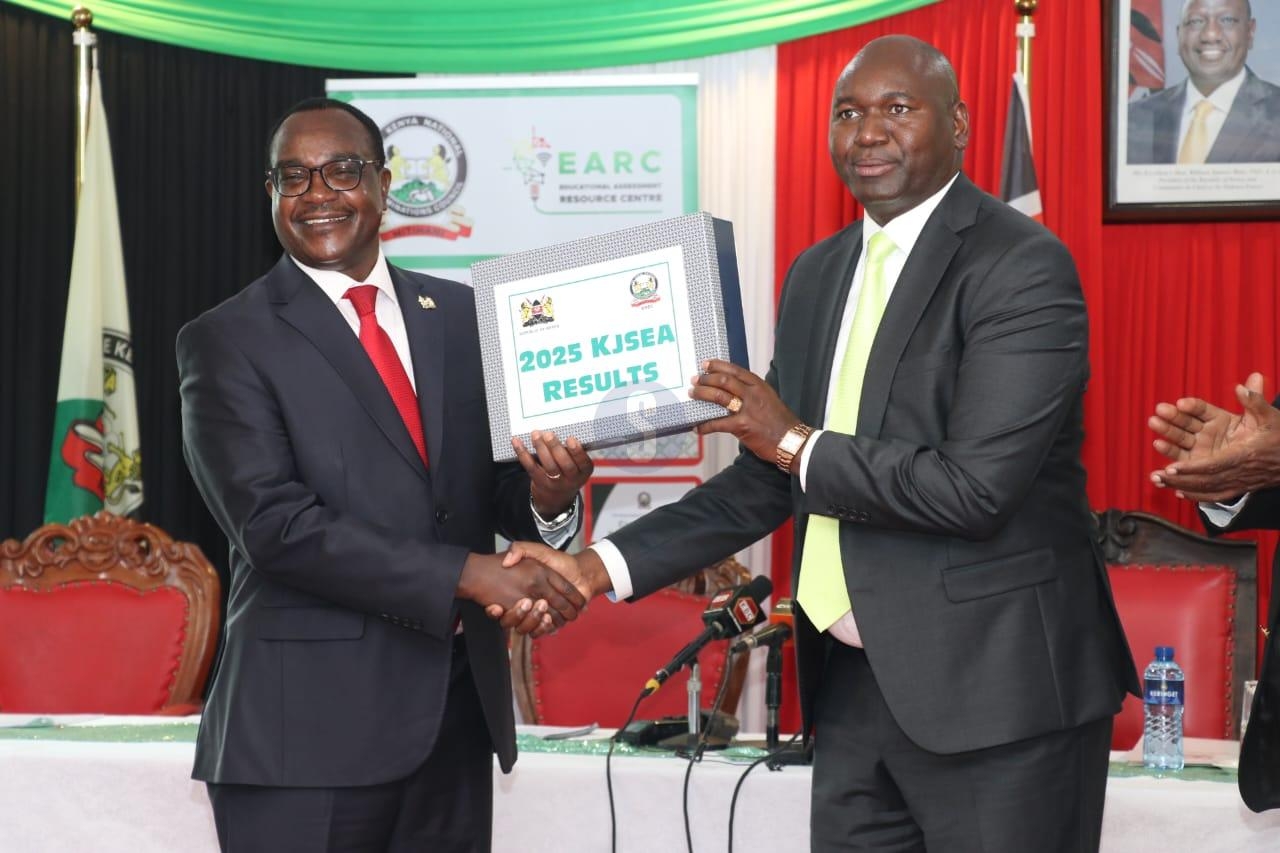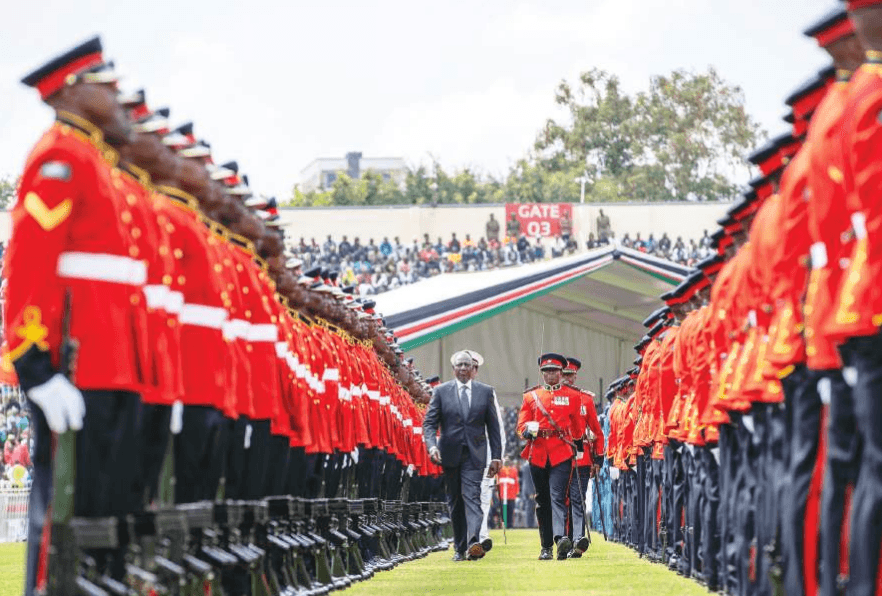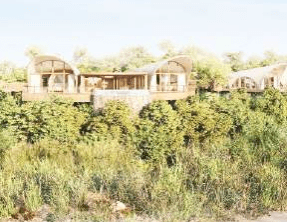The last time the medical superintendent at the Embu Level Five Referral Hospital had seen a truck deliver any construction material at the facility, was 1996.
He says the giant hospital, whose location at the border makes it a regional referral facility serving four counties, was basically falling apart.
Large flakes would occasionally fall off the old plaster walls in the male wards, and the pavements remained unsheltered.
But Dr Gerald Ndiritu has now become a big believer in devolution, especially of health services.
“Some of the wards had never seen repair since they were constructed in 1968,” he says.
The hospital, which handles 1,500 new clients every day, is now undergoing a much-needed overhaul valued at more than Sh300 million.
“It will only be second to Kenyatta National Hospital in status,” he says.
Other counties like Machakos, Meru and Busia are also refurbishing their hospitals, whose infrastructure fell apart over the years.
Dr Ndiritu says if devolution is managed well, health will be the biggest winner.
The highlight of the developments at the hospital is the multi-storied complex being constructed to host four theatres and an Intensive Care Unit (ICU) unit equal in capacity to the one at KNH.
The 10-bed ICU will be accompanied by an 11-bed High Dependency Unit, which refers to wards for people who need more intensive care than is possible in a general ward but slightly less than that given in the ICU.
“Once the theatres are operational, we can operate on 30 patients a day, from the six we manage today,” Dr Ndiritu adds.
The contractor is expected to hand over the complex in October, after which it will be stocked.
Critically ill patients are currently referred to the KNH’s 21-bed critical care unit, but it is always full. So majority return to the general wards.
Dr Ndiritu says a proper referral hospital must have an ICU. Kenya faces a biting shortage of these units, because they are expensive to maintain.
KNH deploys about 140 nurses, a staffing ratio of two nurses for every three patients, says Dr Umani Kevin Okech, of the University of Nairobi in his last year’s research: A Survey Of ICU Setups In The Republic Of Kenya.
“There is long waiting list for admission (at KNH) due to full bed capacity from long stay patients,” he says.
Dr Okech notes that some level 5 hospitals have wards they call “ICU” but are often poorly furnished.
Embu Governor Martin Wambora says they are building proper infrastructure to accompany the ICU and the theatres.
One of them is a new, multi-million oxygen plant that will generate 15 cylinders of oxygen a day when fully operational this year.
“That means we will save over Sh4 million annually which the hospital has been spending in buying refills,” he says.
The World Health Organisation lists oxygen as an essential medicine in every hospital. It indicates that by increasing the use of oxygen in hospitals, mortality rates in children under five years can be reduced by 35 per cent. Likewise, oxygen is critical during any surgery.
“Sometimes they used to skip surgeries for lack of oxygen,” says the executive in charge of health, Pauline Njagi. “But now we are even connecting the wards to oxygen supply. We’ll also produce enough to supply our level four hospitals in the county.”
The county government has also constructed the hospital’s first ever renal unit, which will be fitted with 10 dialysis machines.
It has also installed a CT scan machine. “Per week we have 15 cases for CT scan, but we have been sending them to Thika or Nairobi,” Dr Ndiritu says. The machines can spot injuries or abnormal growths in the head, chest, abdomen or other parts of the body.
Pauline says other developments include a high-powered medical waste incinerator and a new 12-bed labour bed. Previously, mothers would labour in the general wards then be rushed to the delivery room about 20 metres away.
The male ward has also been refurbished while all walkways have been fitted with roofs. The county has also secured the giant facility with a perimeter fence.
“We take health of our people as priority, that’s why the health docket received the largest budget allocation,” says Governor Wambora.
He calls for more funding to the eleven Level 5 hospitals in Kenya saying they serve as referral facilities. Embu hospital also serves patients from neighbouring counties like Kirinyaga, Tharaka-Nithi, Kitui and parts of Machakos, and they cannot be turned away.
The national government has however reduced the conditional grant for the hospital from Sh185 million to Sh110 million in the current budget.
Pauline says the hospital deserved more allocation because it serves several counties and always attracts top doctors.

















